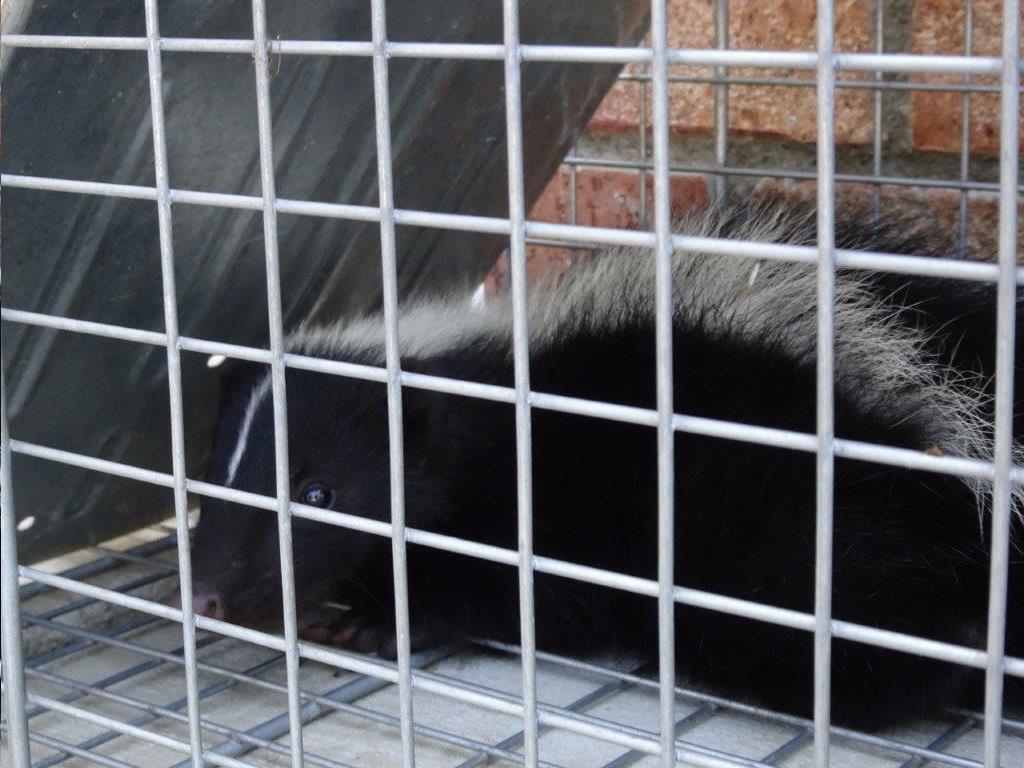
Do you have a skunk problem around your home? You are not alone. Skunks can take over and become very comfortable living on a property where they have a supply of food, water, and shelter. A skunk will move into a den and have a consistent water and food supply before you even realize it. The true signs that a skunk is living on your property may include the smell of skunk spray lingering around in a particular area, seeing holes dug around in your yard or several holes in one particular section of the lawn, and of course fresh dirt underneath the building or porch that looks like something has dug a hole underneath it.
In order to trap a skunk, you will need the following:
· A wired trap
· A little food for them to smell and be drawn inside the cage
· A blanket or towel
· Gloves, boots, and appropriate wear to avoid getting bit
If you want to get the skunk off of your property, you may want to consider using a live trap. A live trap consists of a wired cage that is rectangular in shape and medium sized in order to comfortably hold the skunk inside. The trap can be used by anyone. The most effective way to capture the skunks is to place the trap at the entrance of the den where the skunk is coming and going. Once the skunk steps into the cage, he will smell the food that has been placed at the front of the cage where he can eat. The weight of the skunk stepping on the release will shut the door quickly and trap the skunk inside until you can release them.
It’s a good idea to dress the part before you get going. Wear rubber boots that go up to the knee or mid-calf so if the skunk bites you, they can’t hurt you. You also want to wear gloves that will cover a majority of your hands and arms so you won’t need to worry about getting bit by the skunk.
Once you know that the skunk is in the trap, you will want to get a blanket or a sheet that you can hold up to cover your face as you walk toward the live skunk in the cage. Throw the blanket or sheet over the cage and this will calm the animal down before you pick it up and walk to the vehicle where you will place it inside to move it. Before you get to this point, it’s a good idea to already have a plan of where you want to let the skunk out at.
Drive to your destination, open the cage and set it down, pull the blanket or sheet up off of the cage and step back. This will allow the skunk the opportunity to run away as soon as they feel comfortable doing so. Once the skunk is out of the cage, you can consider this case closed and walk back to your vehicle and return home.
It's important to note that when you set the trap, you may not see a skunk inside for a while. Check back regularly two or three times per day for three days. If you haven’t caught a skunk in the trap by the third day, you may need to try to position the cage another way and try it again for another three days.
If you still don’t catch a skunk in a trap on the second try, consider a different bait to put inside to lure them inside the cage. Skunks like to eat dog or cat food and if you use moist cat food, they will spend a few minutes licking it instead of grabbing a piece of food and then trying to run away with it.
Go back to the Jersey Village wildlife removal home page.